In this article, we’ll explore whether strobes still hold relevance for hybrid shooters or photographers amidst the rising popularity of LEDs in the independent filmmaking market.
We’ll compare both solutions, evaluating their pros and cons to help you decide which one to ultimately choose.
What is strobe lighting ?
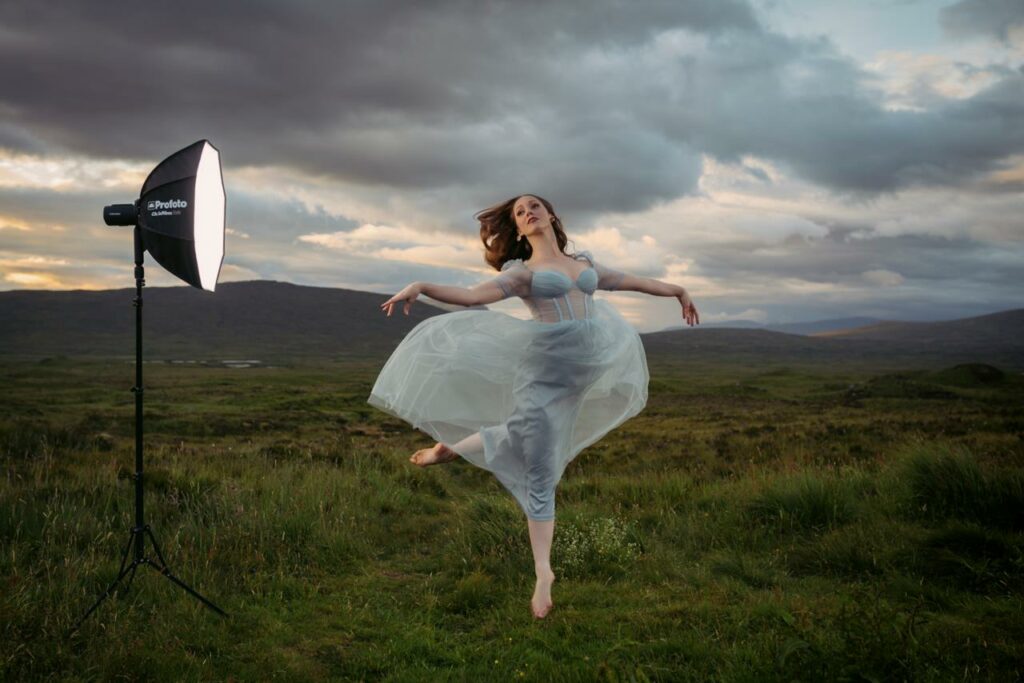
A strobe, also referred to as a flash, emits light for a brief moment. Due to this short duration, the light can be extremely powerful without causing significant impact on the subject’s vision.
Flash units used bulbs or magnesium filaments and oxygen encased in a glass bulb that were detonated, resulting in a burst of light and sometimes causing the filament or bulb to break. This is why these bulbs were designed for single use.

As electronic flashes or flash tubes filled with Xenon gas became more durable and compact, they could be mounted on top of a camera. However, true strobes used in photography are larger and require a light stand for mounting. These strobes can be powered either by AC power or batteries.
These strobes are immensely powerful and can outshine the sun multiple times over. Some of the most renowned companies producing these tools are Profoto, Broncolor, and Godox.
OUR SPONSOR OF THE DAY : NEONNIGHT.FR
They typically come with an integrated modeling light, which essentially provides continuous illumination to offer a visual reference.
What is a continuous light?
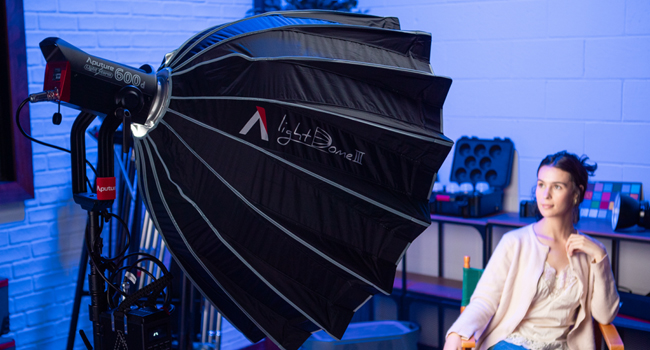
A continuous light, as the name implies, remains illuminated when turned on. Today, we are specifically referring to LED lights, but it could encompass any type of lighting, ranging from tungsten and fluorescent to HMIs.
Tungsten lights and HMIs used to demand substantial power and produce significant heat. Additionally, their prices were considerably high relative to their output. For instance, an Arri M18, equivalent to an Aputure 1200d today, still sells for $50,000.
LEDs entered the mainstream about a decade ago, but their color reproduction was not excellent initially. This was because the technology involved emitting blue light, which then had to pass through a phosphor component to produce white light.
In contrast, HMIs functioned more like a ball of fire: the ballast ignited the metal-halide gas and mercury vapor inside the bulb.
Currently, LEDs are gradually displacing other technologies due to their convenience. They produce less heat and offer features such as dimming, bi-color options, and even full RGB capabilities.
Comparison and usages
Strobes are mainly for photography
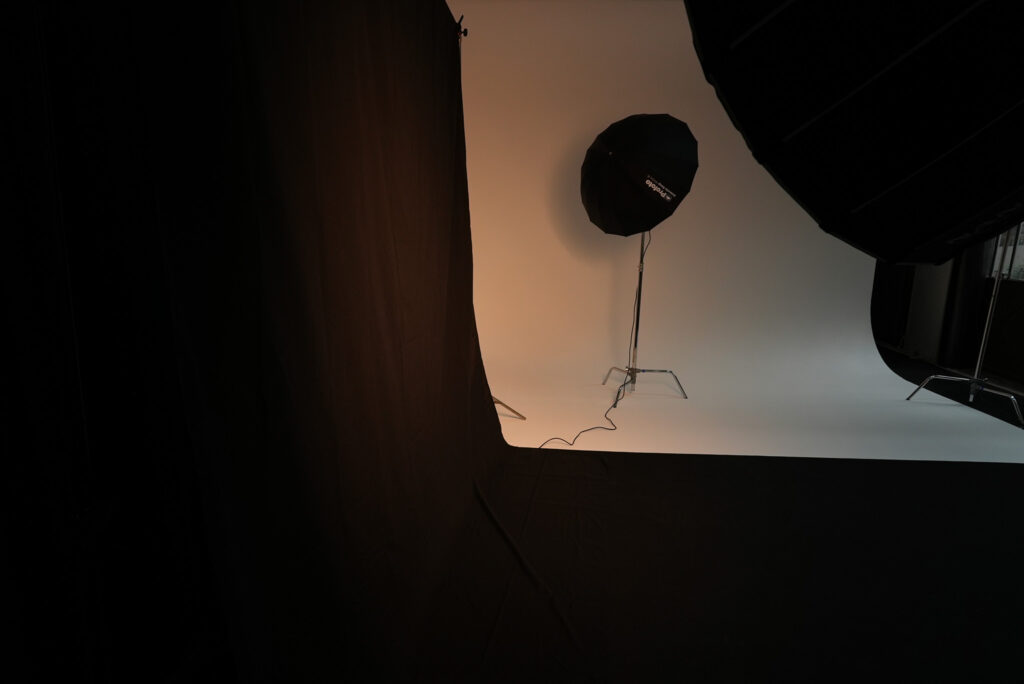
Strobes were mostly used by photographers to freeze the instant or get a sharp picture at night. Since they are extremely portable they are much more convenient to carry and move around in a set.
One single portable flash can easily fill a room with light for a fraction of a second. Generally speaking strobes are set to a white light or 5600 Kelvin. But you can definitely use gels and light modifier to warm it up.
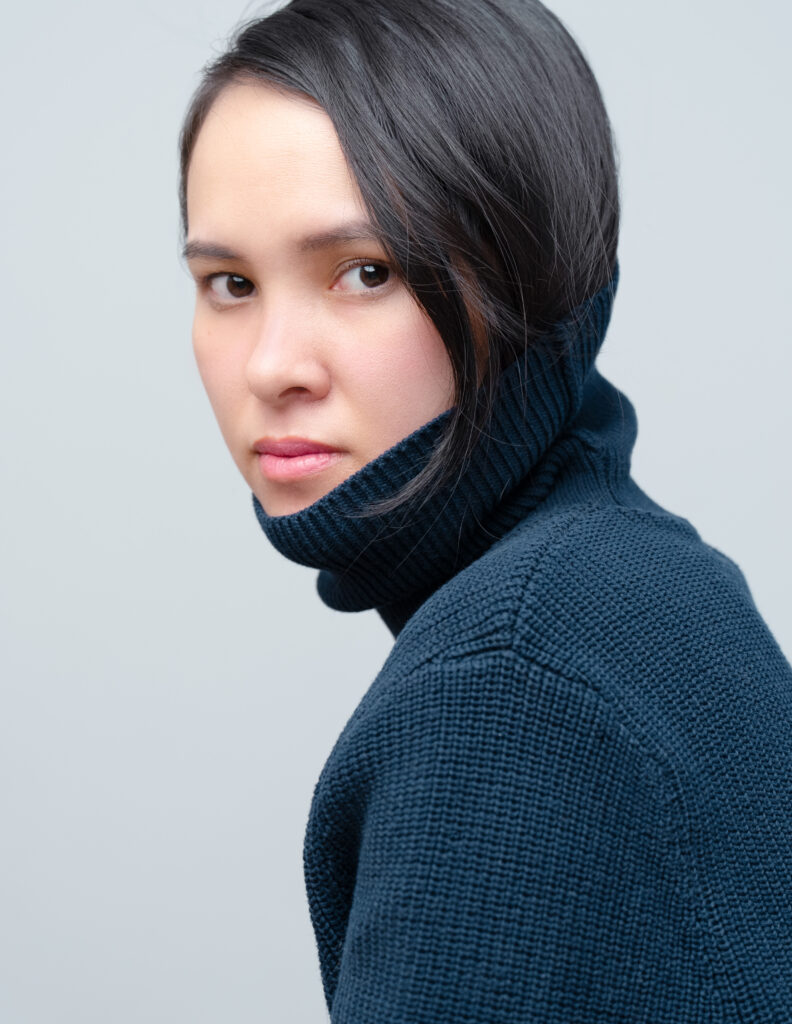
For reference, I think a full set of 3 strobes of 500 watts or more could fit in a backpack, whereas a single 500 watt LED light with ballast would fill the same backpack.
The difference of weight
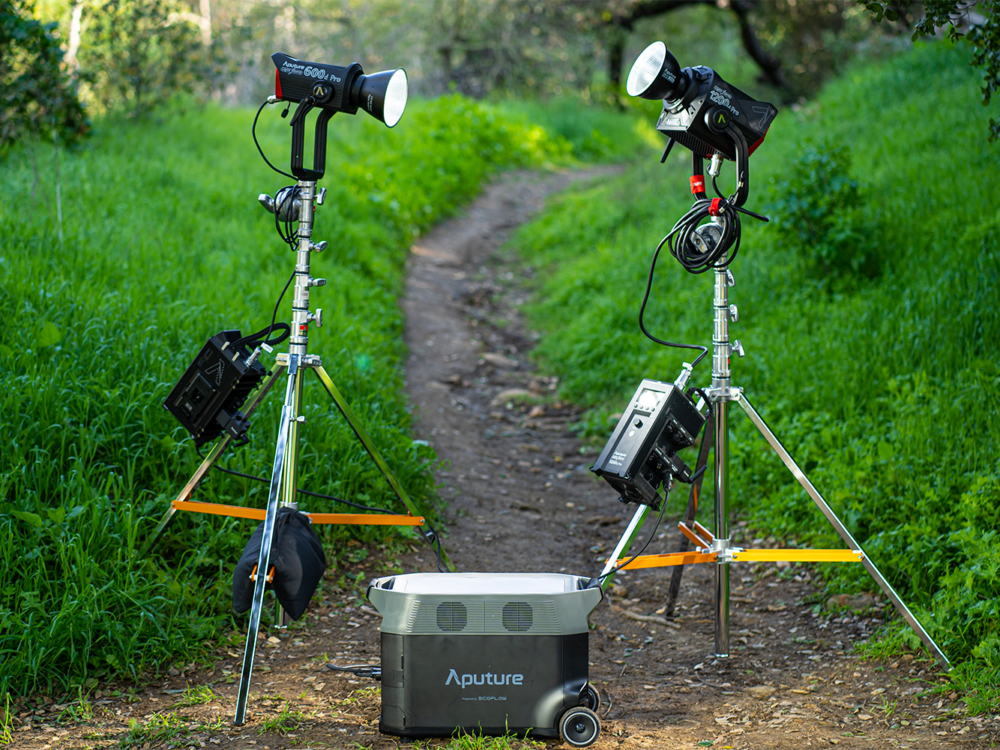
Just to give you an idea, I believe you could easily fit a complete set of three strobes, each with a power of 500 watts or more, into a backpack. Conversely, a single 500-watt LED light with a ballast would take up the entire backpack.
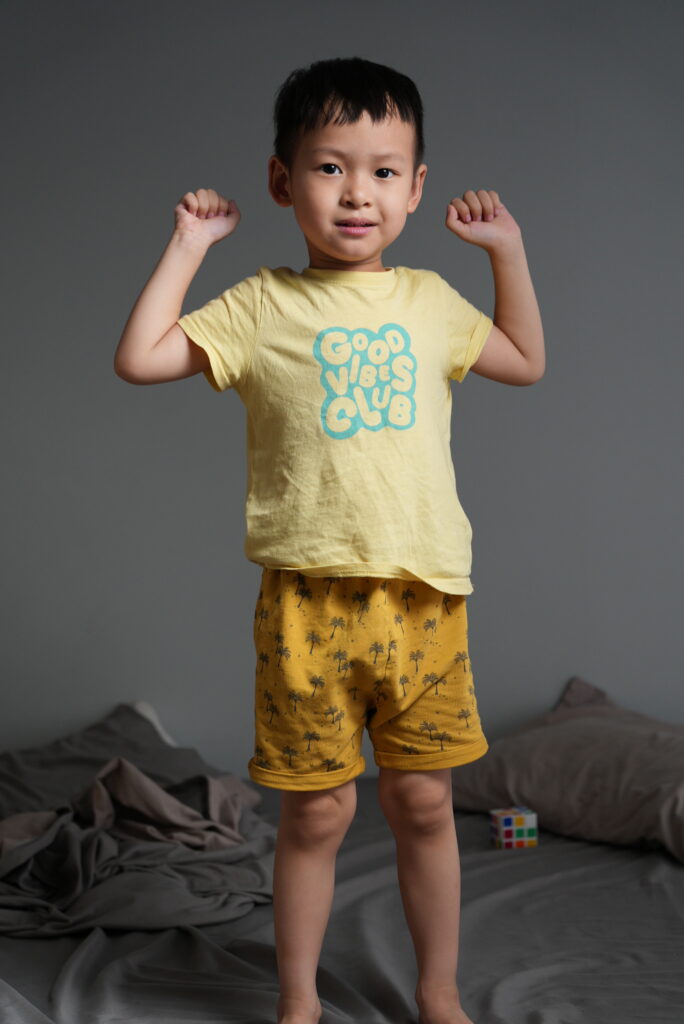
The difference of output
If you assume that a 500-watt LED produces the same output as a 500-watt strobe, you would be mistaken.
At a shutter speed of 1/250th, there would be a 10-stop difference between an 800-joule studio flash and the 12,000-lumen LED light tested here, indicating that the studio light was 512 times brighter. Alternatively, a 1600-joule studio flash would be 1024 times brighter.
The difference in color accuracy
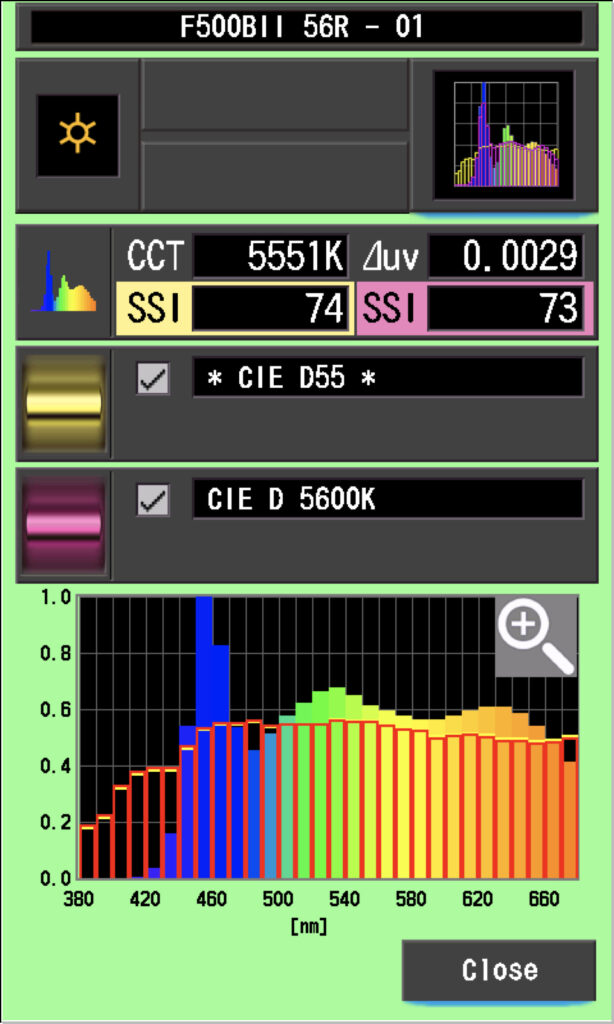
Strobes excel in color accuracy compared to LED lights. Typically, they boast a near-perfect CRI rating, often exceeding 98 for all colors.
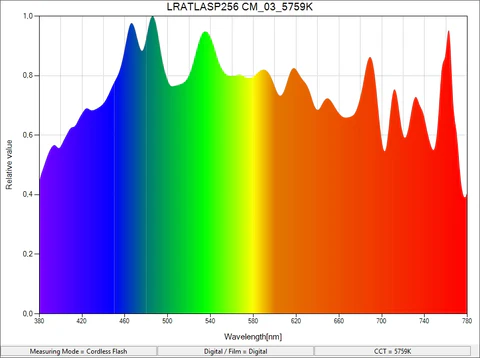
A glance at the spectrum distribution reveals that strobes offer a more uniform and evenly distributed light output.
LEDs tend to exhibit a slightly more greenish hue compared to daylight, which achieves a more balanced level of magenta and near ultra violet.

Among all lighting options, strobes actually bear the closest resemblance to sunlight in terms of spectrum distribution and color accuracy. They surpass LED, fluorescent, or incandescent lights in terms of precision.
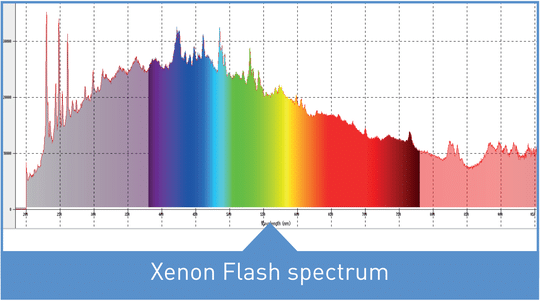
From my experience, while Xenon flashes offer a fuller and more natural spectrum than LEDs, they tend to appear less saturated, particularly in warmer tones like reds and oranges.
The difference in light quality
Strobes looks better for most situations
When comparing a bare bulb or a slightly modified light, the strobe would immediately appear flawless. I used to bounce strobes off a Profoto Large Deep Umbrella, and the pictures straight out of the box turned out quite amazing.
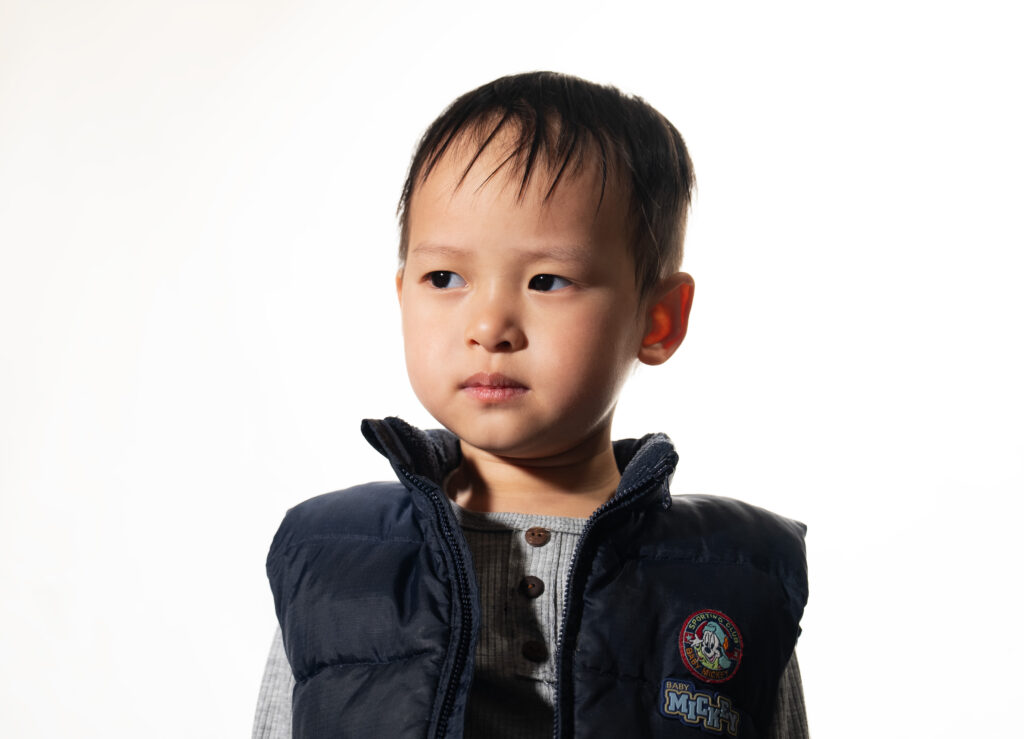
In contrast, continuous lights and LEDs are notorious for their harsh and unflattering appearance, requiring extensive adjustments to achieve a somewhat natural look. Colors tend to exhibit a slight green and yellowish hue, and the representation of reds is not particularly accurate either.
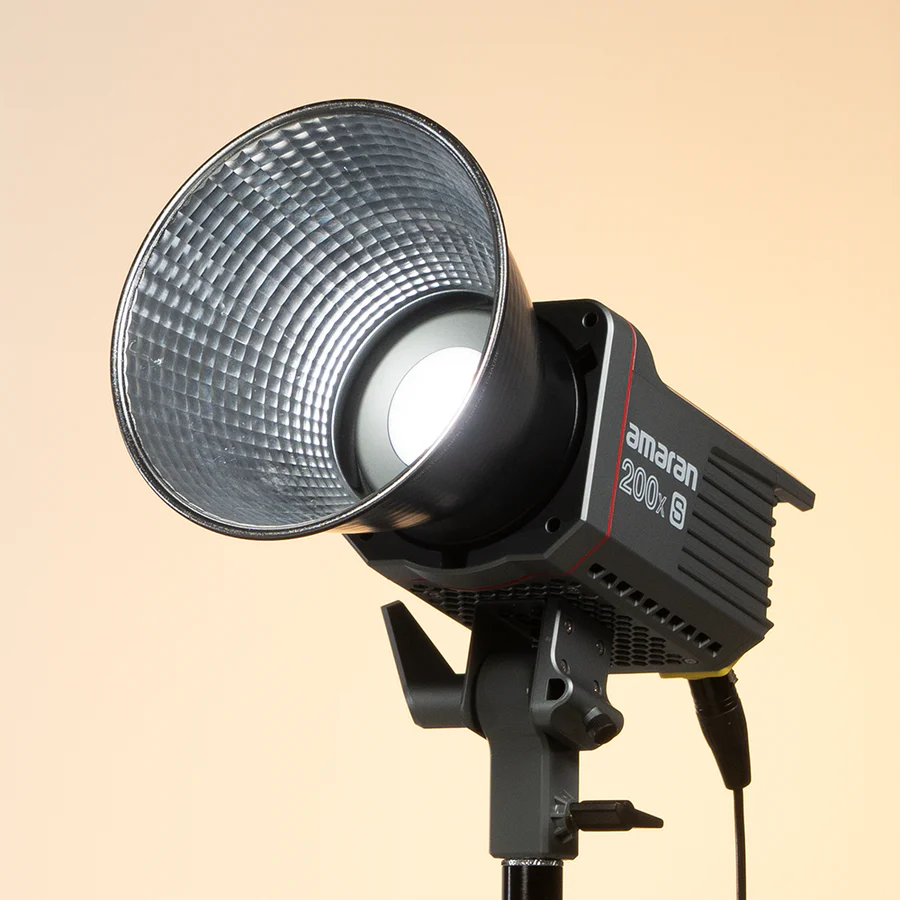
Maybe only the latest generation of LEDs utilizing new ultraviolet LED technology can come close to matching what strobes can produce. These new LEDs, such as the Amaran 200x S, can achieve an SSI D56 of 89 for daylight and 90 for tungsten.
Examples of portraits using strobes :
https://www.neonnight.fr/en/portfolio/viwone-create-together-classic
Unless you want to create cinematic images
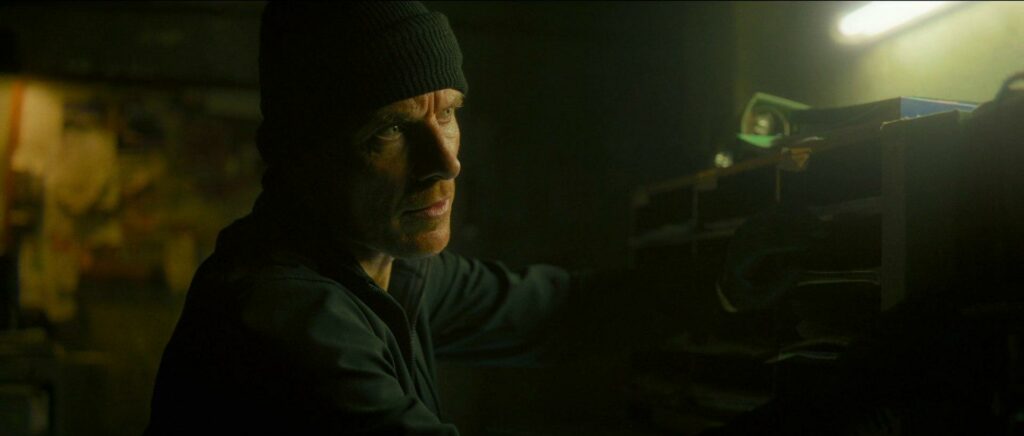
Photography by Erik Messerschmidt
One advantage that LEDs have over strobes is their dimming capabilities. This allows for precise adjustment of the output level, facilitating the creation of soft and shaped light with greater ease.
Consider a Fincher movie featuring dimmed lighting in interior scenes. Achieving such looks is nearly impossible with strobes.
How models react to the light
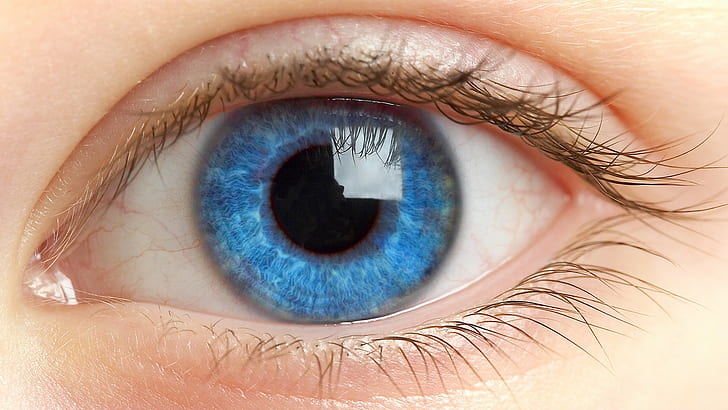
When it comes to continuous lighting, particularly if it’s intense, your subjects may find themselves squinting, causing their pupils to contract. This discomfort is so significant that gaffers and DPs often call out “Striking” before turning on such lights.
Additionally, older HMIs and tungsten lights emit so much heat that standing in front of them quickly becomes uncomfortable.
Strobes, on the other hand, occur in such a brief moment that the model doesn’t really have time to squint or complain. The only inconvenience is having to wait for the strobe to recycle.
The differences in accessories and modifiers
Although both can typically be utilized or adjusted to fit a universal Bowens mount, accessories and modifiers designed for continuous lights are often more durable.
This is because they are frequently used on location rather than in a studio setting, and they also need to withstand a certain amount of heat to prevent fire hazards.
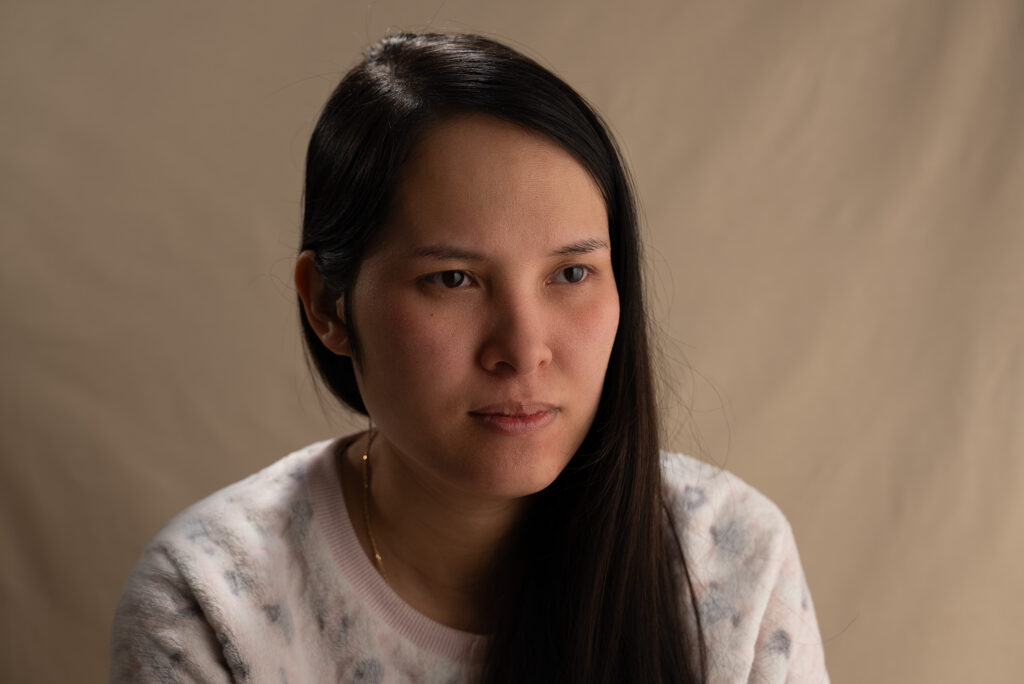
Continuous lights are frequently utilized alongside flags and diffusion panels like scrim jim, but they can effectively be used with any surface, be it a wall or an unbleached or bleached muslin sheet attached to the wall.
Photography studios typically have more open space compared to film sets with intricate production design not to mention camera and actors mouvements called blocking.
Therefore, utilizing a flat surface for bouncing light is often more practical than using a shoot-through softbox. Additionally, the quality of light produced is much softer in this setup.
The difference in ergonomics
Clearly, continuous lights offer greater ease of use. Essentially, what you see is what you get. This implies that shaping light becomes considerably simpler, although strobes do have a modeling lights.
Modeling lights typically have lower output compared to actual continuous lights. This suggests that when intending to double diffuse, bounce, etc., continuous light is much easier to work with, particularly when adjusting multiple lights.
Strobes can be slightly less straightforward because the shutter speed doesn’t impact exposure unless in High-Speed Sync (HSS) mode. This is because the light only illuminates the frame for a fraction of the time the shutter remains open.
Continuous light can be used for both at a cost
Continuous lights can serve purposes in both video and photography, although as a relatively new technology, we’re just reaching the required power levels for effective use.
I’d argue that a 1200-watt LED is starting to generate sufficient output for booklighting and still provides ample illumination to properly expose the subject at a reasonable ISO.
The only drawback might be that these powerful lights come with a hefty price tag and weight. Expect around 3500 euros for an Aputure 1200D, with the lamp head and ballast weighing nearly 15 kg combined. Additionally, you’ll require sturdier stands like combo stands, which add an extra 10 kg to your setup.
This implies that rather than relying on just a backpack a few aluminium legs and an assistant, you’ll require a van and a full crew including security to achieve comparable images.
Strobes can’t really be used for video
The primary reason why many people gravitate towards LEDs or continuous lights is simply because strobes, apart from their low-output modeling light, aren’t ideally suited for video use.
Even a basic dimmed interview setup with diffusion necessitates continuous lights emitting more than just a few hundred lux.
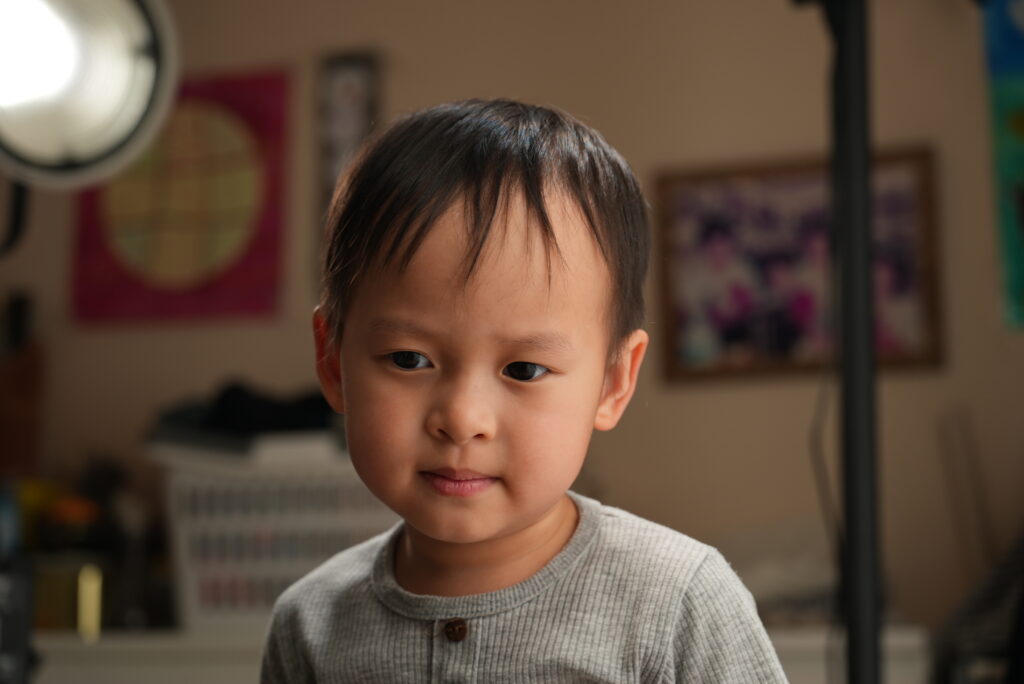
ISO 100 160th SS
As an illustration, for this bounce, I’m utilizing an Aputure 600D Pro and a Nanlite Forza 500B II, both set at 40%, bouncing off a white backdrop.
While I acknowledge that modern cameras boast improved ISO performance, with some even offering a base ISO of 640 like the Sony A7S III, achieving parity with daylight still requires a minimum of 500 watts.
OUR SPONSOR OF THE DAY : NEONNIGHT.FR
Conclusion
After comparing LEDs and strobes, my conclusion is that if you’re seeking to invest in a single system for both photography and videography, LEDs are the most practical choice, unless you’re willing to invest in both separately.
For photography alone, strobes undoubtedly offer superior results with less effort and greater convenience. Plus, you can set up a complete system for less than 3000 euros including modifiers and stands.
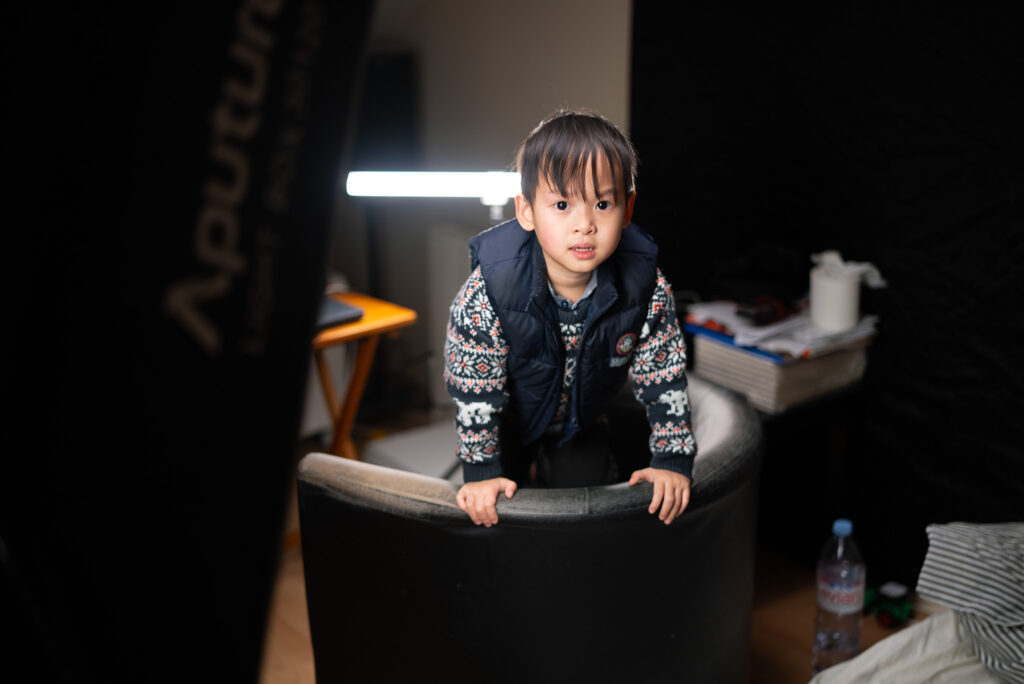
If, like me, you aim to craft cinematic frames or just simply light your video properly, then continuous lights and LEDs are currently your best and perhaps your only real practical options. Tungsten and HMI lights are hot lights, which come with all the associated inconveniences, but in my opinion, they still provide superior color quality.
Continuous light functions as a tool for replicating and enhancing natural light, or at least preserving cinematic realism, which differs significantly from strobes, which tend to create something spectacular and more artificial from the outset.
If achieving exceptional skin tones and color accuracy is your priority, opting for newer LEDs with an SSI D56 above 89 is your best bet—unless you’re open to returning to tungsten lighting, which essentially shares the same technology as strobes.
Informations
Strobes
Profoto’s website : https://profoto.com/
Broncolor’s website : https://broncolor.swiss/fr/
Godox’s website : https://store.godox.eu/fr/
Continuous LED Lights
Aputure’s website : https://www.aputure.com
Nanlite’s website : https://www.nanlite.com
Our video production
Neon Night Films : https://www.neonnight.fr/en/



GIPHY App Key not set. Please check settings